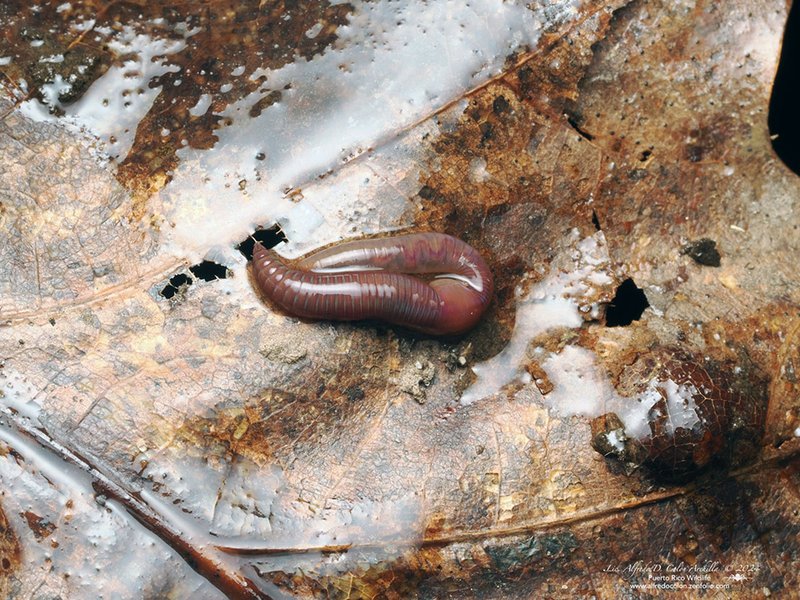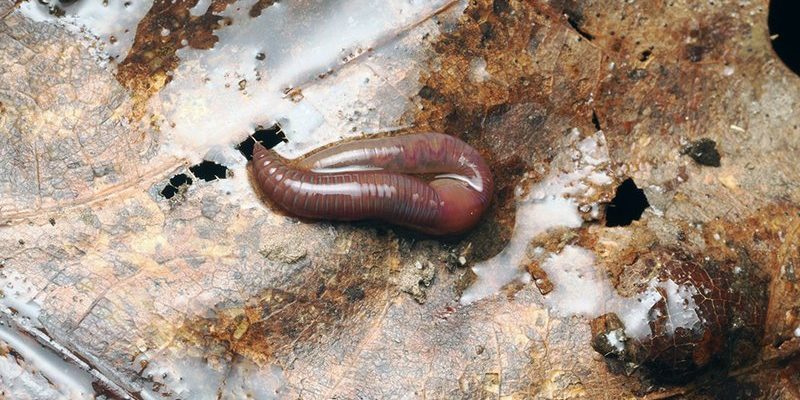
Understanding *earthworm activity across seasons* can really help gardeners, farmers, and anyone interested in ecology. It’s fascinating how these creatures adapt to their environment and work hard to keep our ecosystems healthy. Imagine them like tiny engineers, tirelessly improving the soil we rely on. This article will explore their seasonal behavior and how it connects to gardening, plant growth, and overall soil health.
Earthworms in Winter: Surviving the Freeze
During winter, earthworms go into a sort of hibernation mode. It sounds dramatic, but it’s true! As temperatures drop, they burrow deeper into the soil to escape the freezing conditions above. This is essential for their survival. The deeper layers of soil provide insulation, keeping them safe from the harsh chill. Here’s the thing: if the frost reaches their usual habitats, it can be fatal.
While they may not be as active, earthworms don’t just sit still like couch potatoes. Instead, they enter a state called *quiescence*. This isn’t quite hibernation, as they can still respond to changes in their environment. Occasionally, if the weather warms up just a bit, you might even spot them on the surface. However, you won’t see much of them until spring rolls around.
The Role of Moisture
Moisture plays a big role in earthworm survival during winter. They need a certain level of moisture to breathe through their skin. If the soil dries out too much, they can’t survive. That’s why, in regions with heavy snowfall, the moisture from melting snow helps them out. It provides a much-needed drink as they await warmer days.
You might be wondering how you can help them during this time. If you’re a gardener, cover your beds with mulch in the winter. This not only protects your plants from frost but also keeps the soil moisture levels up for our wriggly friends below.
Spring Awakening: Earthworms Come Alive
As the snow melts and temperatures start to rise, earthworms begin to stir. It’s like watching a sleepy town wake up after a long winter. With warmth returning, they emerge from their burrows, ready to get to work. Spring is a busy time for earthworms, as they play a pivotal role in *soil aeration* and nutrient cycling.
During this season, earthworms actively consume decaying leaves, dead plants, and other organic matter. This process is vital for enriching the soil with nutrients, making it healthier for plants to grow. If you’ve ever wondered why your garden seems to flourish in spring, give a nod to the earthworms!
Breeding Season
Spring is also breeding season for earthworms. As they mate, they exchange *clitella*, which are swollen segments that store eggs. In the right conditions, each earthworm can produce several cocoons full of young worms. These hatchlings will join the bustling activity in your garden in just a few weeks!
Don’t forget the importance of moist conditions during spring. It helps them thrive and reproduce. A well-watered garden in early spring can attract even more earthworms, turning your garden into a veritable paradise for plants.
Summer Activity: The Heat is On
Once summer hits, it can be a bit of a mixed bag for earthworms. While they’re usually still active, the soaring temperatures can pose challenges. Earthworms prefer a more temperate climate, and if it gets too hot and dry, they may head back down to cooler depths. This is their way of finding respite from the scorching sun.
To remain healthy, these little guys need to keep their skin moist. If summer brings dry spells, they might become less active, staying hidden until the conditions improve. However, when temperatures are just right, they’ll be out doing their important work in the soil once again.
Earthworms and Plant Growth
Summer is a critical time for plants, and earthworms play a significant role in ensuring they thrive. As they munch away on organic material, they help break it down into useful nutrients for plants. Imagine them as tiny helpers, creating a rich, fertile environment.
If you’re looking to boost the health of your garden, consider adding compost or organic matter during summer. This not only benefits the plants but also attracts more earthworms, enhancing your garden’s overall ecosystem.
Autumn: Preparing for the Cold
As autumn arrives, earthworms begin to prepare for winter. They sense the changes in temperature and daylight, which signals them to start burrowing deeper once again. Much like nature’s own version of packing up for a long trip, they’re getting their homes ready for the cold months ahead.
In fall, earthworms are busy consuming the abundance of fallen leaves and decomposing plants. This decomposition is vital because it enriches the soil, providing nutrients for the next cycle of plant growth in spring. You might say they’re working overtime to ensure a healthy garden next year!
Creating a Worm-Friendly Environment
What can you do to help earthworms during autumn? Keep mulching! This creates a protective cover for the soil, while also providing a food source as the leaves break down. It’s a win-win situation; your soil stays rich and your earthworms remain happy.
Another tip is to avoid using harsh chemicals in your garden. Pesticides can harm earthworms, disrupting their important work and affecting the health of the entire ecosystem.
The Importance of Earthworms in Our Ecosystem
Throughout the seasons, it’s clear that earthworms are unsung heroes in our gardens and ecosystems. They improve soil structure, enhance nutrient availability, and even assist in water retention. By breaking down organic matter, they create nutritious conditions for plants to flourish.
Here’s the thing: if we want healthy gardens and sustainable ecosystems, we have to take care of these little creatures. They need moisture, protection, and a healthy environment free from harmful chemicals.
When we respect their role in nature, we’re indirectly benefiting ourselves. So, the next time you see an earthworm in your garden, consider it a sign of a healthy ecosystem at work.
In summary, understanding *earthworm activity across seasons* can help you become a more informed gardener and nature enthusiast. By observing the changes in their behavior and adjusting your gardening habits, you can create a thriving environment for these amazing creatures. Remember, healthy soil leads to healthy plants, and healthy plants lead to a flourishing ecosystem for us all!

